Rising Healthcare Expenditure
The upward trend in healthcare expenditure in the US is likely to positively impact the hypersensitivity pneumonitis market. As healthcare spending continues to rise, patients may have greater access to specialized treatments and therapies for hypersensitivity pneumonitis. Data indicates that healthcare expenditure in the US has increased by approximately 5% annually, which may facilitate the development and availability of new treatment options. This financial commitment to healthcare could lead to enhanced research and development within the hypersensitivity pneumonitis market, ultimately benefiting patients through improved treatment modalities and outcomes.
Growing Environmental Awareness
The increasing awareness of environmental factors contributing to hypersensitivity pneumonitis is a notable driver for the market. As public concern regarding air quality and exposure to allergens rises, there is a corresponding demand for effective treatments. The hypersensitivity pneumonitis market may see growth as individuals seek solutions to mitigate the effects of environmental triggers. Reports indicate that approximately 40% of the US population is now more conscious of environmental health issues, which could lead to a surge in demand for therapies targeting hypersensitivity pneumonitis. This trend suggests that companies focusing on environmentally friendly treatment options may find a receptive market.
Advancements in Diagnostic Techniques
Recent advancements in diagnostic techniques are likely to enhance the detection and management of hypersensitivity pneumonitis. Improved imaging technologies and biomarker identification have the potential to facilitate earlier diagnosis, which is crucial for effective treatment. The hypersensitivity pneumonitis market may benefit from these innovations, as they can lead to increased patient referrals and treatment initiation. For instance, the introduction of high-resolution computed tomography (HRCT) has shown to improve diagnostic accuracy by up to 30%. This increase in diagnostic precision may result in a larger patient population being identified and treated, thereby expanding the market's reach and potential revenue.
Increased Focus on Personalized Medicine
The shift towards personalized medicine is emerging as a critical driver for the hypersensitivity pneumonitis market. Tailoring treatments to individual patient profiles may enhance therapeutic efficacy and patient satisfaction. The hypersensitivity pneumonitis market could experience growth as healthcare providers adopt more personalized approaches to treatment. Recent studies suggest that personalized treatment plans can improve patient outcomes by as much as 25%. This focus on individualized care may encourage pharmaceutical companies to invest in research and development, leading to innovative therapies that cater specifically to the needs of hypersensitivity pneumonitis patients.
Increased Incidence of Respiratory Conditions
The rising incidence of respiratory conditions in the US appears to be a significant driver for the hypersensitivity pneumonitis market. As more individuals are diagnosed with respiratory ailments, the demand for effective treatment options increases. According to recent data, respiratory diseases account for approximately 10% of all health-related issues in the US, which may lead to a heightened focus on hypersensitivity pneumonitis. This trend suggests that healthcare providers are likely to prioritize the identification and management of hypersensitivity pneumonitis, thereby expanding the market. Furthermore, the growing awareness of environmental factors contributing to respiratory conditions may also drive research and development efforts within the hypersensitivity pneumonitis market.


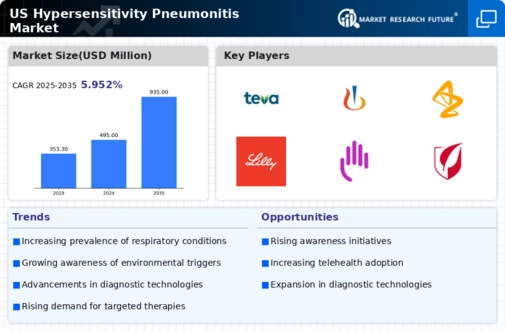
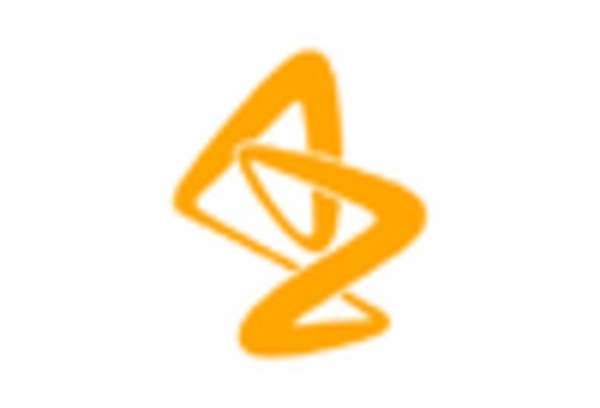
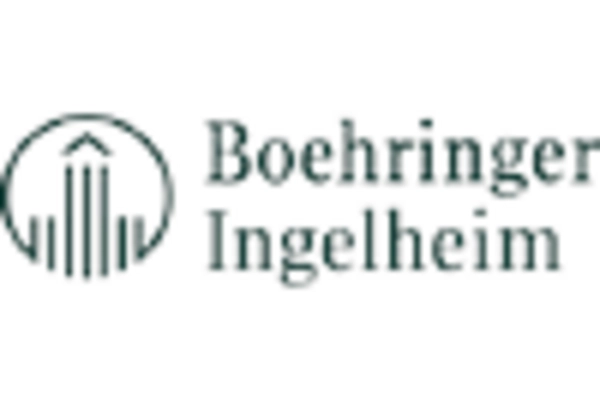
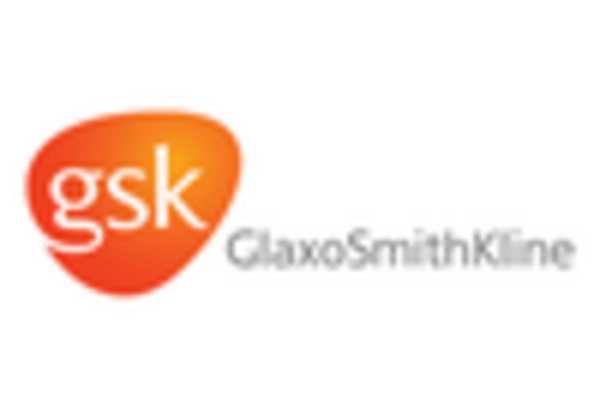
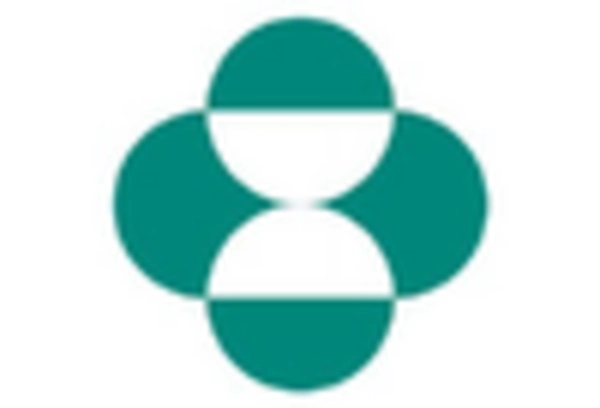

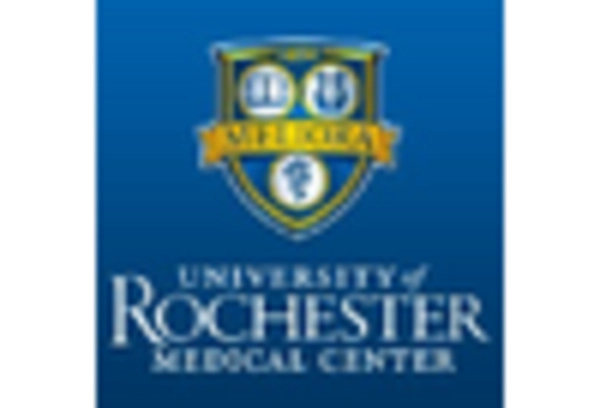








Leave a Comment